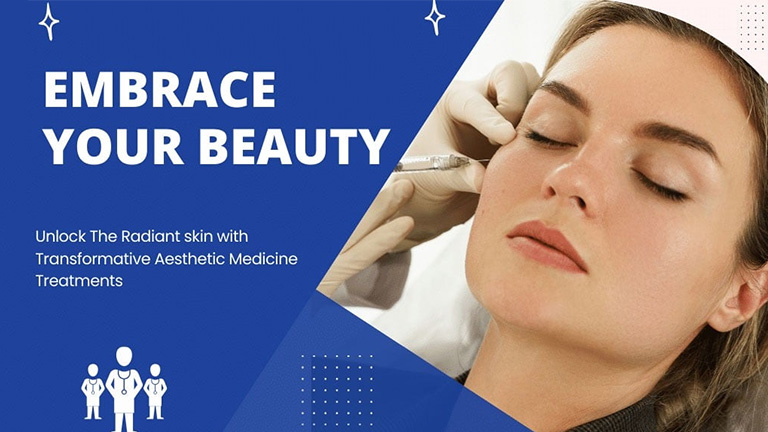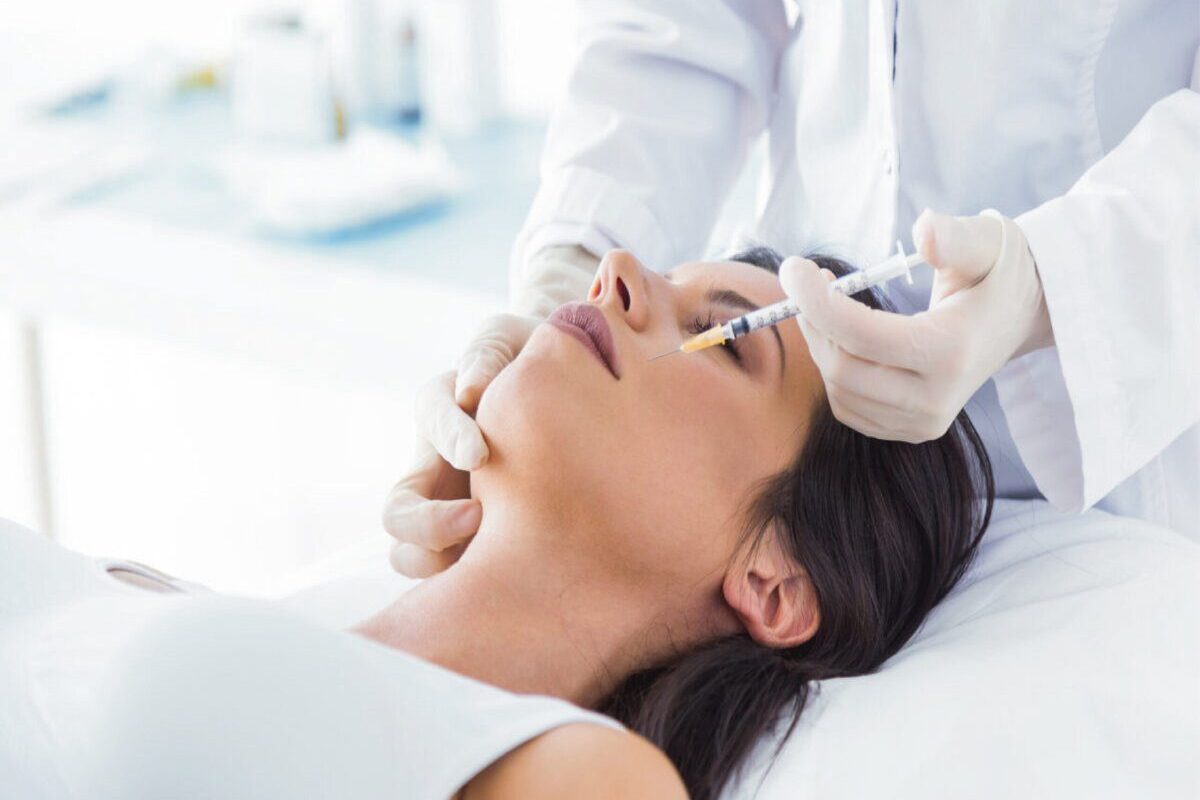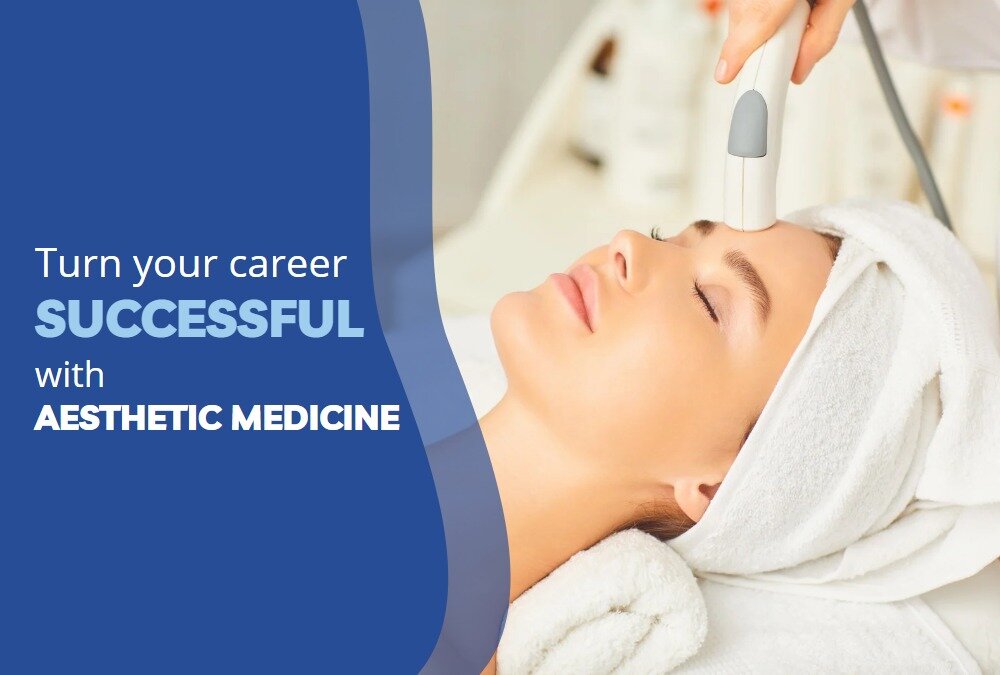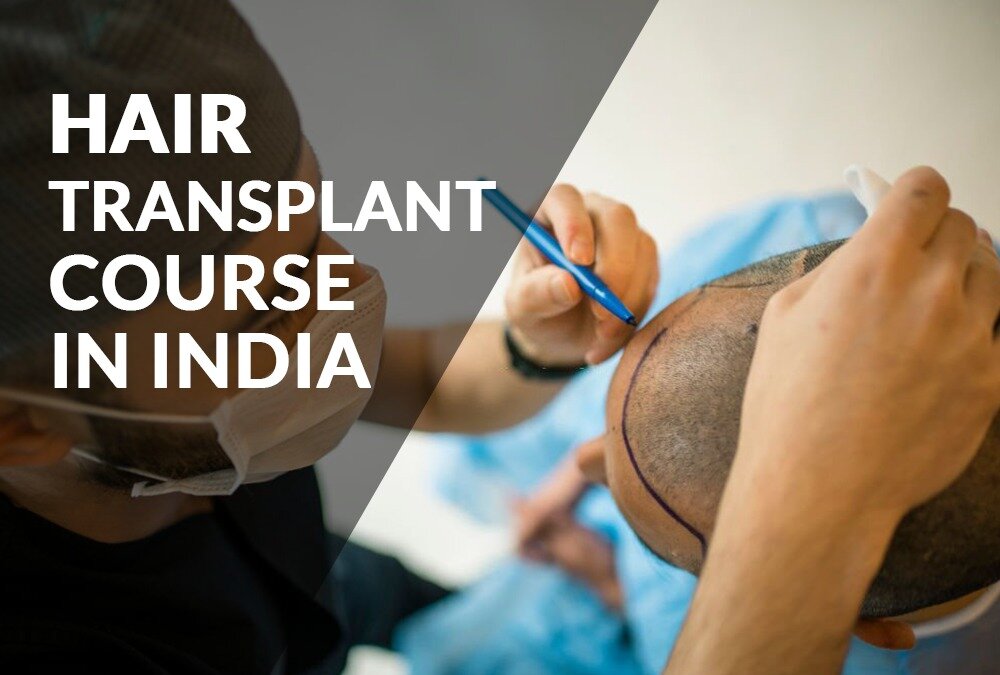Aesthetic Medicine has carved out a niche for itself among the bigwigs in the health industries. It focuses on the betterment related to physical appearance through non-invasive and minimally invasive treatments for an individual. This would be a specialty that would focus on growing demands for those treatments aimed at improving looks and fostering self-esteem. It would also focus on enhancing the quality of life. With the ever-changing beauty standards in society, more and more people seek aesthetic solutions. Quick results and a short recovery are the wishes of people. Aesthetic Medicine is an absolute wholesome solution for all those concerns.
What is Aesthetic Medicine?
Aesthetic Medicine can be defined as a category of clinical practice and an area of medical procedures meant to enhance physical appearance and the satisfaction derived by patients. Aesthetic Medicine represents treatment areas that range from Botox and dermal fillers, laser treatments, to techniques for rejuvenation of skin. This is decidedly a departure from the conventional surgical method, as Aesthetic Medicine is centered on non-invasive therapies which generally don’t require any kind of downtime, thereby increasing their popularity with the masses.
Most Opted Treatments in the Aesthetic Medicine Domain
Different Aesthetic Medicine Training Institutes offer a vast selection of procedures that can help any person achieve and gain the desired appearance. This in turn increases the self-confidence of the individual. Some of the main treatments outlined herein includes:
1. Injectables:
- Botox:
It is a procedure in which a refined type of botulinum toxin is injected in some facial muscles.
It temporarily paralyzes the facial muscles, thus helping in decreasing any wrinkling and fine lines.
- Dermal Fillers:
These are injectable solutions.
They work to restore the lost volume and fullness of face areas due to natural aging.
Wrinkles and fine lines are evident on the cheeks, lips, and under the eyes.
2. Laser Therapies:
Laser treatments, using focused light, achieve profound skin spots.
This works towards stimulating collagen production that improves skin texture.
These versatile procedures can help treat a host of factors that include unwanted hair, pigmentation-related issues, and aids in the rejuvenation of the skin.
3. Skin Resurfacing:
- Chemical Peels:
It involves applying a solution on the skin, which assists in peeling off of the top layer of the skin.
In turn, it helps generate new skin.
This improves the texture and reduces fine lines.
These are mainly used to resurface acne scars and sun-damaged skin.
- Microneedling:
This is a very mild, non-invasive treatment that removes dead outer skin cells, after which the skin looks smooth and refreshed.
It performs very well in cases of dullness, uneven texture, and minor scarring.
4. Permanent and Semi-Permanent Makeup:
- Micropigmentation:
This is permanent makeup/cosmetic tattooing on facial areas to re-enhance or re-establish lost color.
Fine, hair-like strokes are made in the brow area to achieve very natural results.
- Microblading:
This is a form of Semi-Permanent Makeup that embeds very fine, hair-like strokes in the area of the brow and gives thick, full, and natural-looking eyebrows. Such results last 2-3 years if well-maintained.
5. Body Contouring/Liposuction:
This is a surgery that aims at sucking out excessive fat from parts of the body, such as fat present in the abdomen, thighs, and arms, which are to be contoured for a better outlook on the body.
6. Rhinoplasty/Nose Job:
The surgical reshaping for the improvement of appearance and function of the nose is very frequently referred to as a ‘nose job’.
This treatment includes correcting a crooked nose, large or bulbous tip, and the hump on the bridge of the nose.
These varied Aesthetic Medicine Courses would cater to different needs and tastes of the people desirous of improving their physical features in order to enhance self-confidence. One can get the best care for the desired results in a safe, effective, and personalized way at ILAMED Institute, where they have a team of experienced professionals.
Which Specialists Perform Aesthetic Medicine Procedures?
Gone are the days when Aesthetic Medicine procedures were the domain of dermatologists and plastic surgeons. Many other categories of healthcare professionals, like general practitioners, nurses, and dentists, are beginning to offer aesthetic services. Proper Aesthetic Medicine Training of such practitioners is of utmost importance so that the level of safety is maintained and the results remain effective. Results for such procedures vary greatly by the qualifications and experience of the practitioner.
How to Get Relevant Training for Aesthetic Medicine Courses?
Any health professional desiring to branch into Aesthetic Medicine needs formal training. These are done by providing various certificates in different Aesthetic Medicine Courses that can help the practitioner in carrying out these treatments. One such institution where extensive and proper Aesthetic Medicine Training can be received is ILAMED Institute. They provide various courses in:
- Fellowship in Aesthetic Medicine (FAM)
- Fellowship in Medical Cosmetology (FMC)
- Fellowship in Aesthetic Dentistry (FAD)
- International Fellowship in Aesthetic & Anti-Aging Medicine (IFAAM)
- Fellowship in Cosmetic Gynaecology & Sexual Medicine (FCGSM)
- Such courses expose one to practical training in every part of the world—cosmetology, trichology, cosmetic surgery, and aesthetic dentistry. The institute is known for its practical approach and interactive sessions with the experienced faculty.
- These courses are meant to ensure the practitioners are well prepared to give standard aesthetic treatments.
Conclusion
Aesthetic Medicine is one of the fast-growing fields offering quite a wide scope of treatments that aim at improving appearance and thus increasing self-esteem. Non-invasive procedures are the most popular, for people who want to look good without having to face the pain of recuperation that takes too long. As such, with this continuing demand, adequate training and education in Aesthetic Medicine are necessary. Staying updated and competent allows health professionals to meet the needs of their patients satisfactorily in this fast-moving industry.




